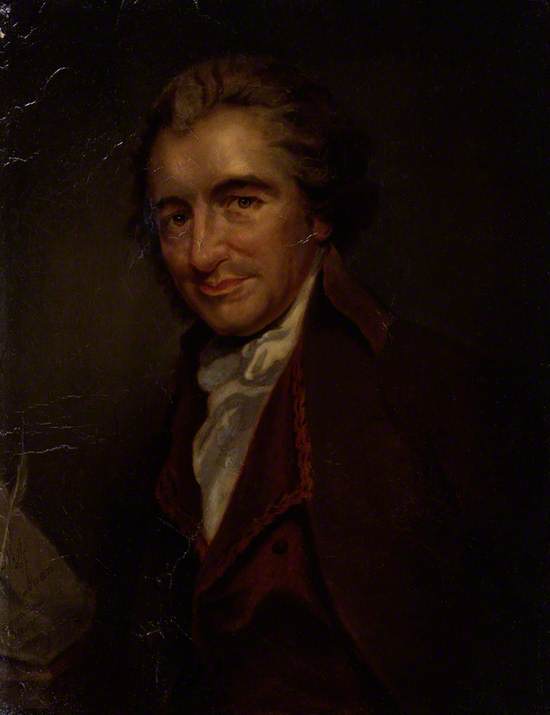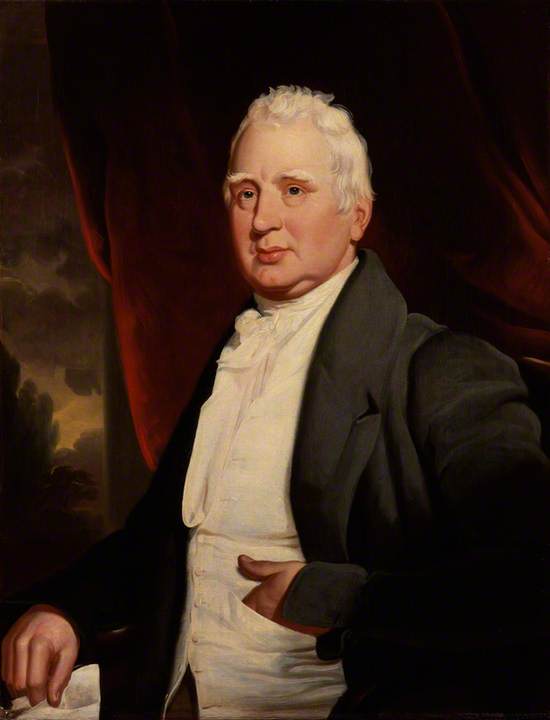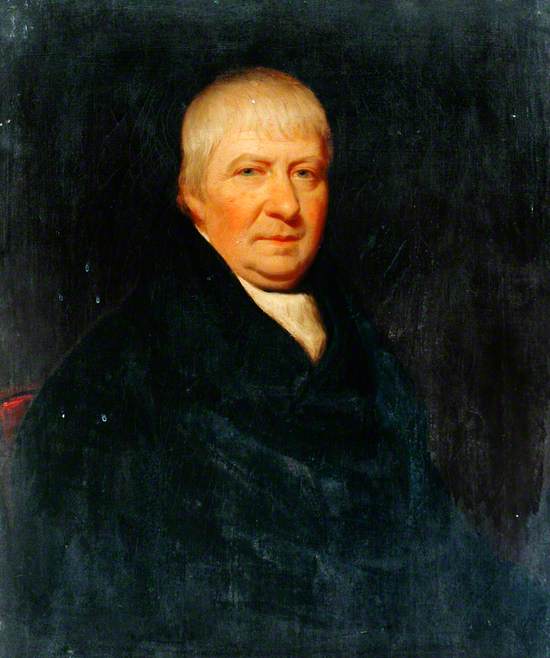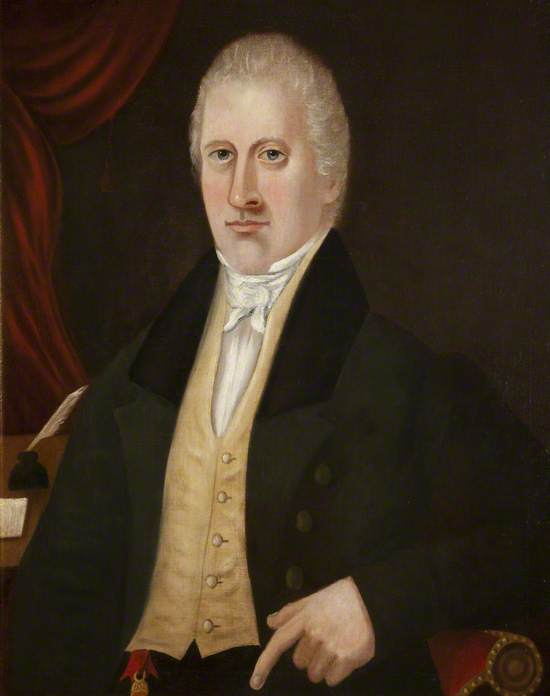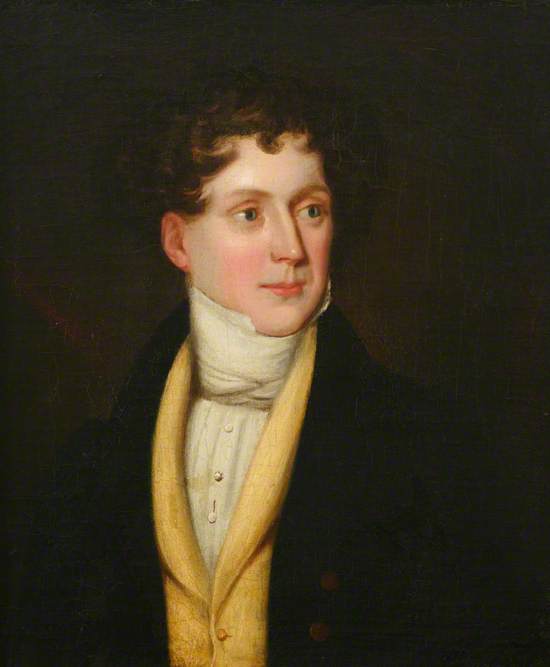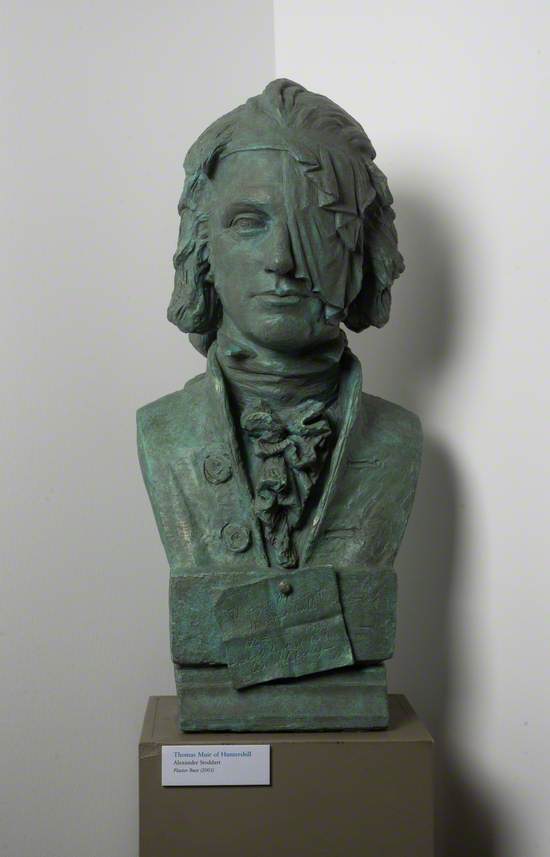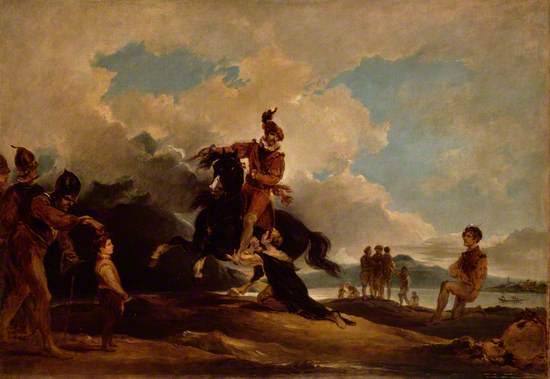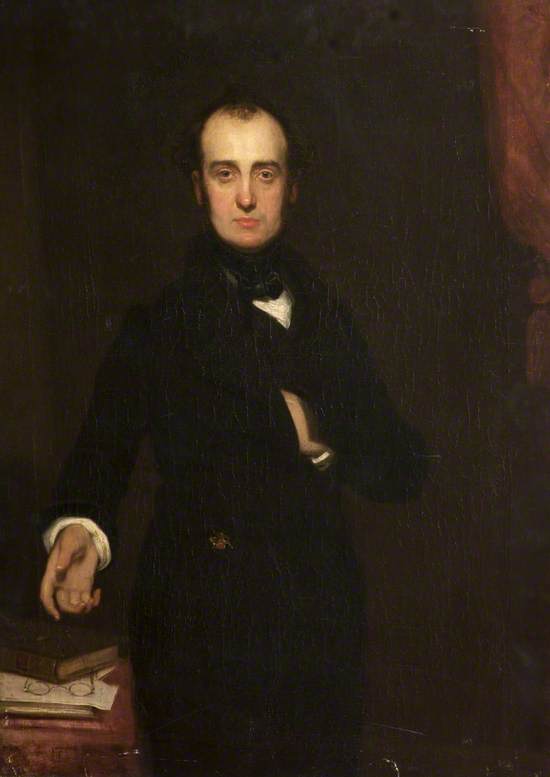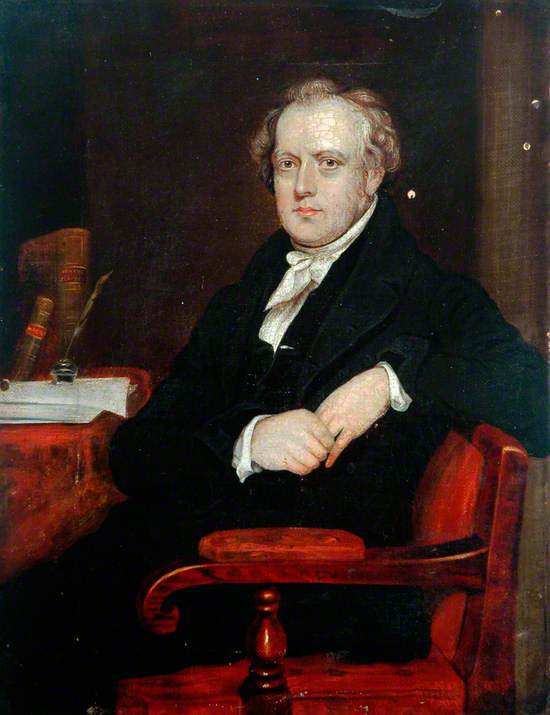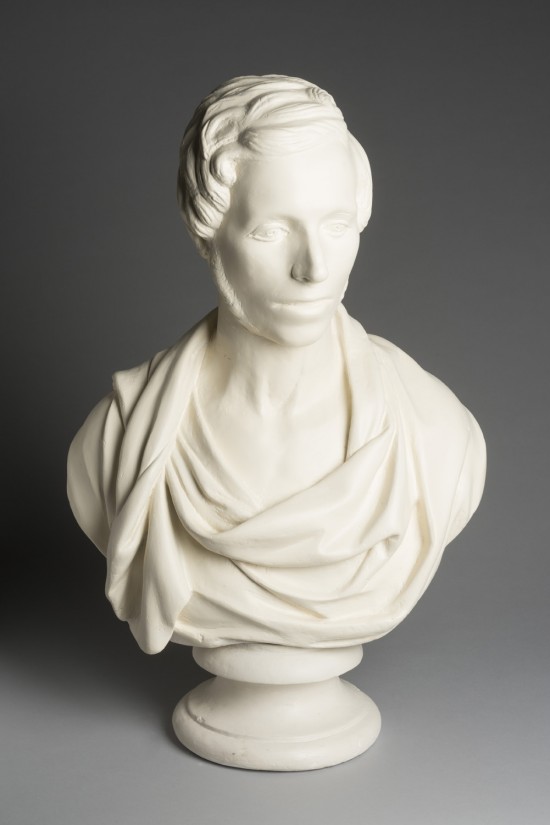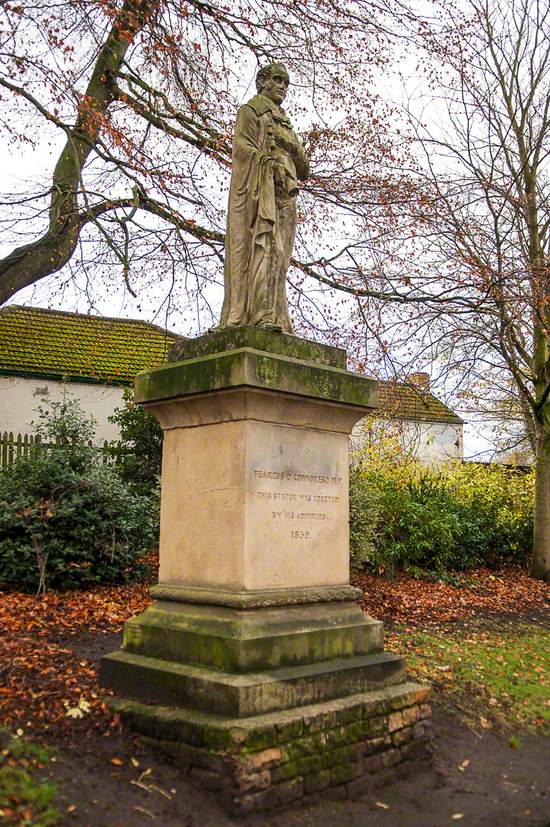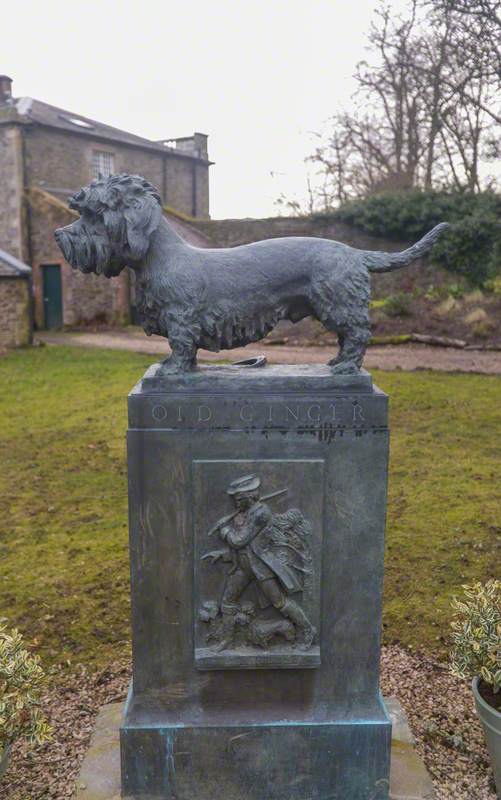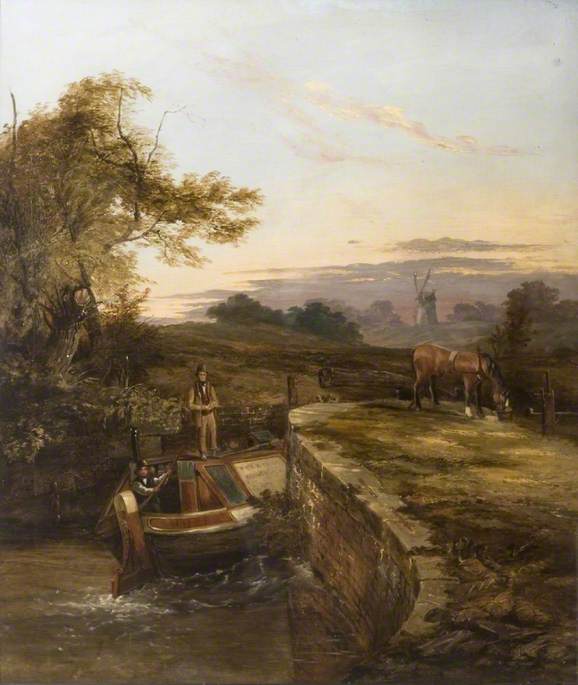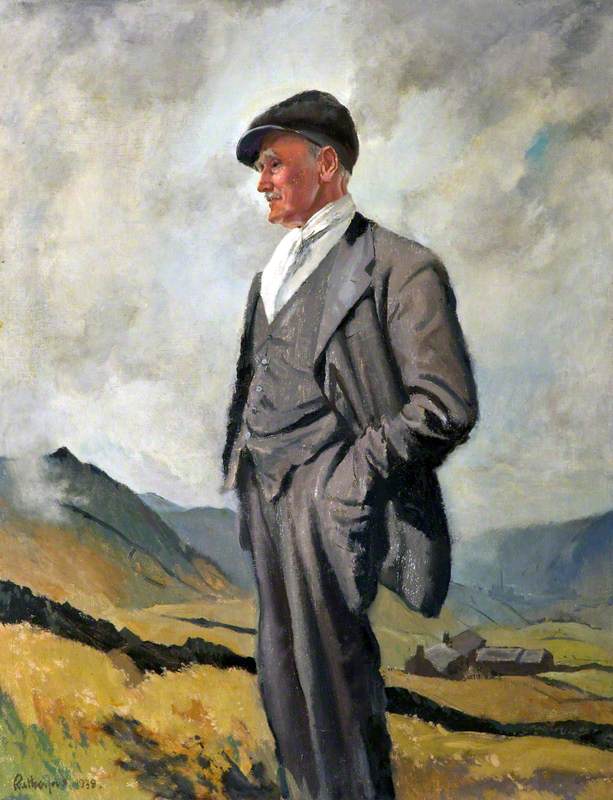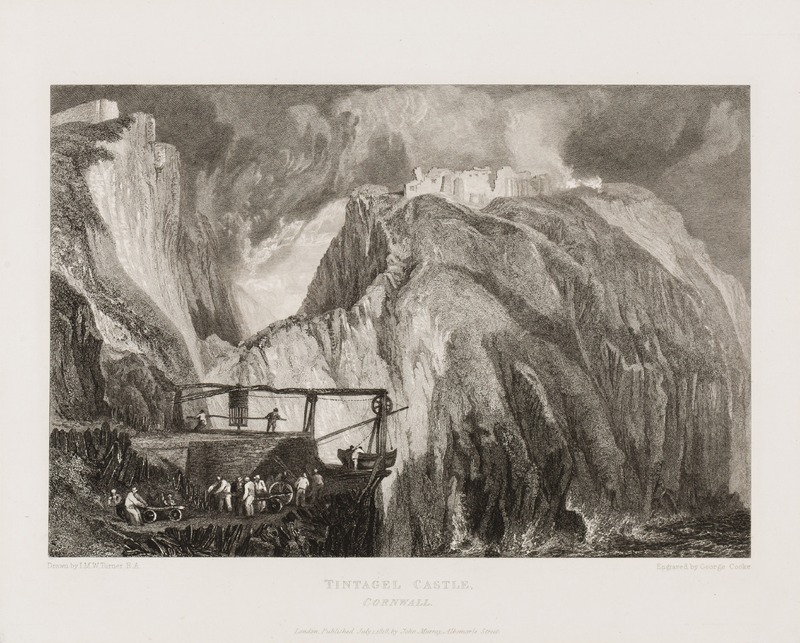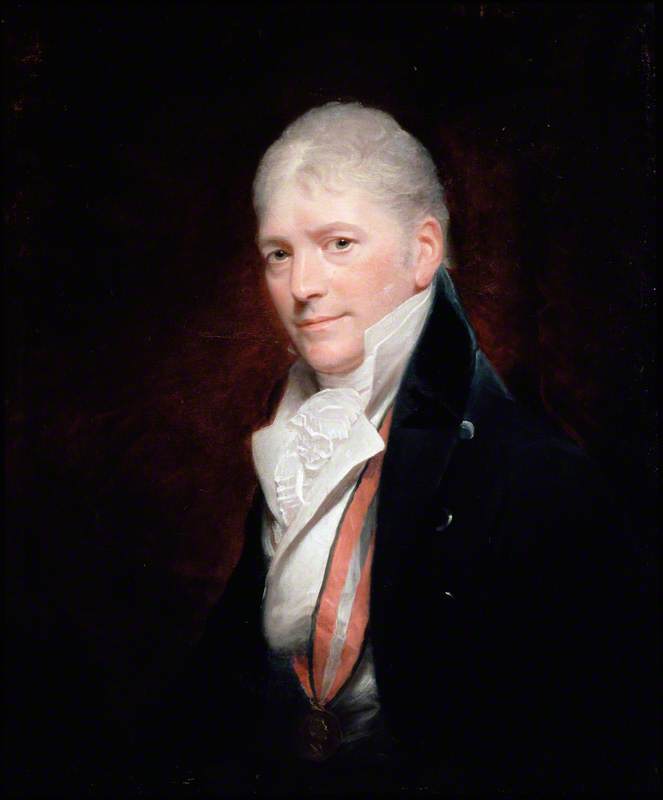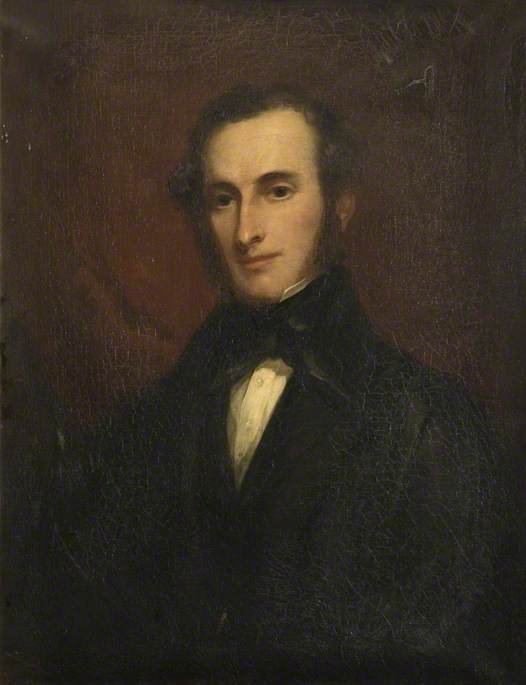Heritage was central to Chartism - Britain's civil rights movement. The Chartists campaigned for democratic and social rights for working people in the 1830s & 40s. Built in part around an imagined pantheon of heroes mostly from the radical past, this curation recreates what the walls of a Chartist home might have looked like. This is far from counterfactual. Although working people would not have been able to afford expensive paintings, we know that the movement produced merchandise, which included engraved portraits of radical heroes, mainly from the previous fifty years of British history. There were some notable omissions: it was a pantheon overwhelmingly dominated by men, mostly gentlemen, and it was uniformly white.
Thomas Paine c.1876
Auguste Millière (c.1822–after 1904)
Oil on canvas
H 40.6 x W 30.5 cm
National Portrait Gallery, London
William Cobbett c.1831
George Cooke (1781–1834) (possibly)
Oil on canvas
H 91.4 x W 71.1 cm
National Portrait Gallery, London
John Cartwright (1740–1824) early 19th C
British (English) School
Oil on canvas
H 76 x W 63.5 cm
Bradford Museums and Galleries
Henry Hunt, MP for Preston early 19th C
unknown artist
Oil on canvas
H 82 x W 69.3 cm
Harris Museum, Art Gallery & Library
James Petrie (c.1745–1819) (attributed to)
Oil on canvas
H 59 x W 49.2 cm
The Royal College of Surgeons of England
William Tell c.1775–1811
Peter Francis Bourgeois (1756–1811)
Oil on canvas
H 76.8 x W 110.2 cm
Dulwich Picture Gallery
Joseph Rayner Stephens (1805–1879) 1839
Benjamin Garside (c.1803–1879)
Oil on canvas
H 112 x W 86 cm
Tameside Museums and Galleries Service: The Astley Cheetham Art Collection
Benjamin Garside (c.1803–1879)
Oil on canvas
H 36 x W 27.5 cm
Kirklees Museums and Galleries
Feargus O'Connor (1796–1855), MP for Nottingham (1847–1852) 1859
Joseph Barlow Robinson (1820–1883)
Sandstone
H 170 x W 147 x D 71 cm
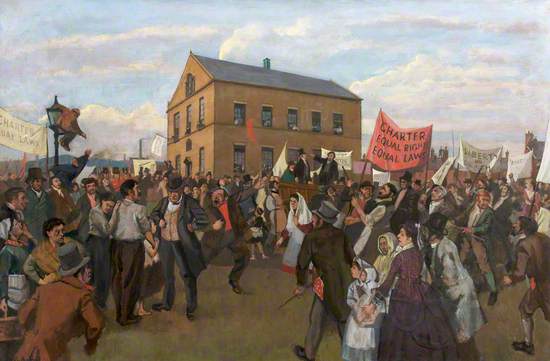
The Opening of the Chartists' Meeting House, Hyde
Harry Rutherford (1903–1985)
Oil on canvas
H 59.7 x W 90.6 cm
Tameside Museums and Galleries Service: The Astley Cheetham Art Collection
